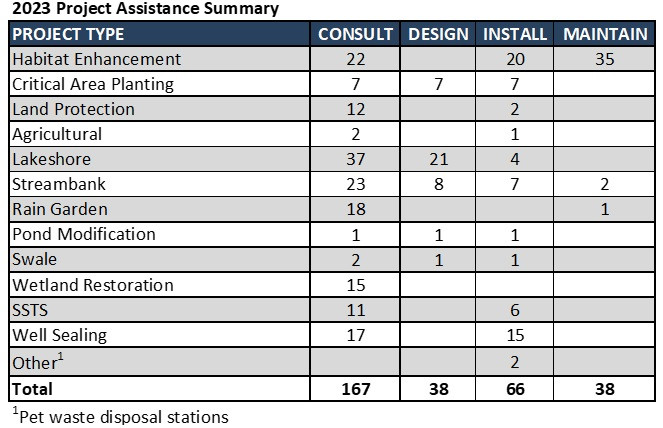Lakes provide habitat for wildlife, recreation opportunities, and natural beauty. Yet, our everyday landscaping choices can negatively impact these vital bodies of water.
Lake-friendly landscaping provides many benefits, and purposeful design can ensure you don't need to compromise access to the water or lakeside recreation opportunities.
What Is Lake-Friendly Landscaping?
Lake-friendly landscaping focuses on reducing pollution and preserving the health of our lakes. It involves making mindful choices in how we design and maintain our outdoor spaces to minimize runoff, limit chemical use, and support natural habitats.
Top Tips for Lake-Friendly Landscaping
1. Minimize Lawn Area: Lawns often need a lot of water and fertilizer, which can lead to nutrient-laden runoff. Reducing lawn space and incorporating groundcovers or mulched areas can help decrease runoff and save time on maintenance.
2. Install a Native Plant Buffer: Native plants are adapted to our local environment, requiring less water, fertilizers, and pesticides. A buffer of native grasses, flowers, shrubs, and trees can serve as a natural filter, trapping pollutants and preventing them from reaching the water. Native plant root systems also help reduce soil erosion, both along the shoreline and upslope, preventing excess nutrients from washing into lakes. If you prefer a more formal garden appearance, cluster plants of the same species throughout the area to create a planned look. Frame your lake view by planting taller species along the property boundaries and shorter species toward the center.
3. Manage Stormwater Runoff: Be intentional about where runoff from your property is routed. Directing runoff to rain gardens, permeable areas, or rain barrels will reduce the volume of runoff carrying pollutants directly to the lake.
4. Educate and Involve the Community: Spread the good news; share these practices with neighbors and participate in local conservation efforts. Community-wide adoption of lake-friendly landscaping can have a significant positive impact.
To learn more about lake friendly landscaping contact Mitch Haustein, Stormwater & Shoreland Specialist, at






